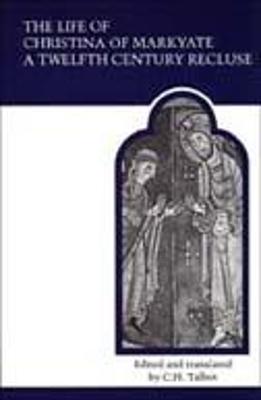Reviewed by Briana @ Pages Unbound on
REVIEW
I'm always tempted to go off on an academic tangent about medieval texts. How does this compare to other vitae? What's historically interesting about it? How should we interpret it? However, I realize that the majority of my audience is not comprised of people particularly interested in medieval literature, which leads me to the most pressing question: Will this book be engaging for those without an established academic interest in the topic? I think it can be.
The primary hurdle for medieval literature newbies may simply be the unfamiliarity of the writing. This vita was originally written in Latin, so the modern English translation makes the language quite accessible. However, the structure of the story simply doesn't line up with the expectations readers may have for modern novels. The pacing is different, interiority isn't a goal, etc. However, once one gets into the writing as it stands, the story is quite interesting.
Saints' lives were a pretty established genre, with a number of expected conventions. Please note that not everything in saints' lives is intended to be taking literally. Miracles were taken seriously, but the question of whether a saint (or generic holy person, if not officially sainted) performed literally the miracle described in the story was not always important. Here, the main points are that God performed miracles to help Christina avoid violating her vow of chastity, and Christina was supposed to have experience visions and could predict some of the future. Whether she had the particular visions described could be up for debate.
So, accepting the writing style and the medieval belief in miracles, the narrative is really action-packed. The text is a great look into the life of twelfth-century woman, and an admirably strong-willed one. There's definite historical value, even if not everything is literally "true." Yet the plot is also engaging just for the sake of a story. Christina faces a lot of obstacles trying to maintain her vow of chastity and avoid a marriage she never wanted. Her parents go to incredibly absurd lengths to attempt to force her to marry, and as much as it's horrifying and sad, it's also fairly amusing to envision the whole city going mad trying to make this girl get married.
A short, accessible text, this is a great read for anyone who wants to know more about medieval women or religious life. It's also just remarkably entertaining.
Reading updates
- Started reading
- 21 July, 2016: Finished reading
- 21 July, 2016: Reviewed
